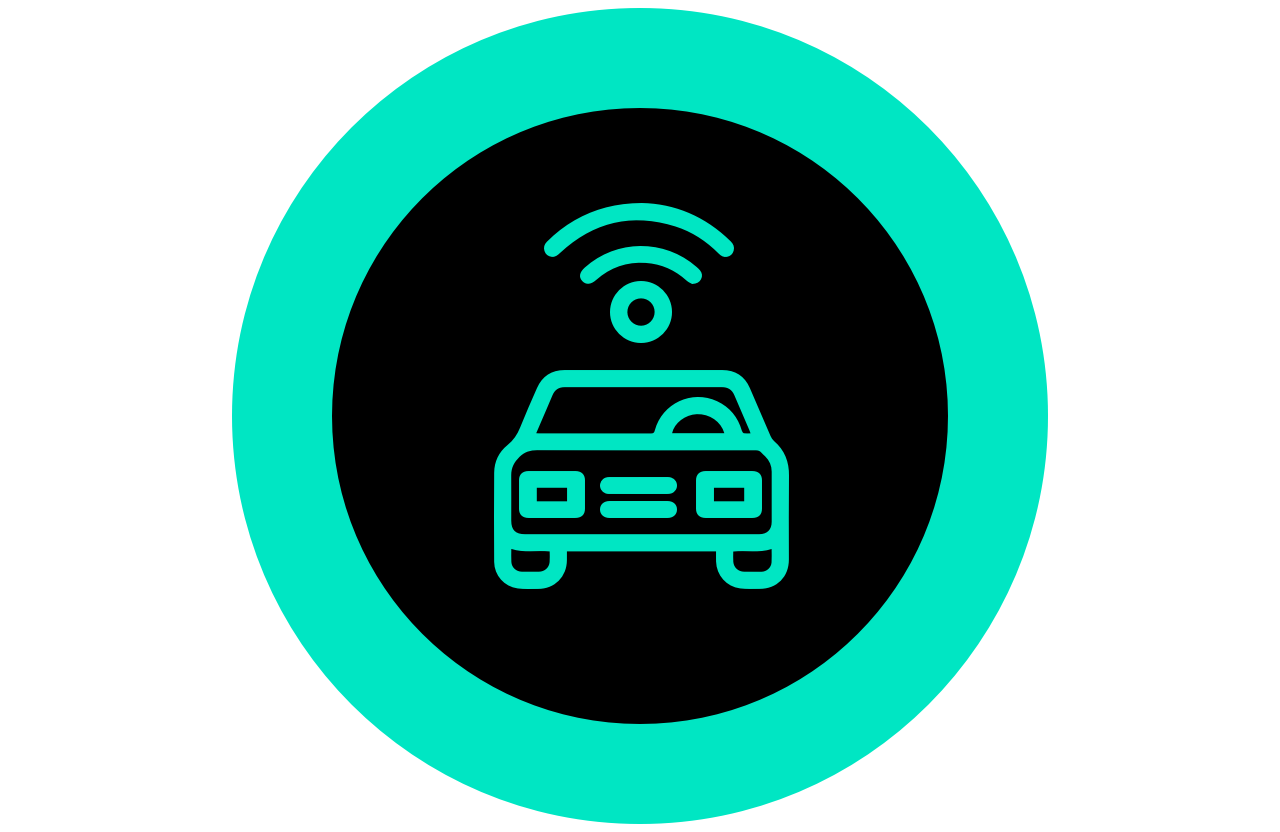What issue can we solve for you?
Type in your prompt above or try one of these suggestions
Suggested Prompt



Transportation & Mobility
How Data From Connected Vehicles Can Benefit Car Owners
Car companies can keep customer value at the center of their data strategy by laying a customer-centric foundation.
Data strategies are top of mind in the automotive industry, where connected vehicles are becoming data-gathering hotspots. As original equipment manufacturers (OEMs) take a data-driven approach, having a data procurement strategy is essential to keep value for the customer at the center of any initiative.
Unlocking data monetization in the age of connected vehicles
Data monetization has been a catchphrase in recent years. Data-driven companies are ambitious to leverage new, rich data sets beyond their own business operations or product optimization. Thus, the field of data monetization has become a serious value driver. For instance, in other industries, retailers are monetizing data to establish direct, consent-based relationships with customers. But it’s a risk—returns are limited and not aligned with expectations. In fact, data monetization in the auto industry has developed differently than originally imagined.
Automakers were among the first to monetize their vehicle data as soon as connected cars hit the road, and they captured the ever-expanding data sets of their vehicle fleets. The OEMs' ambitions were not only to use the data sets for safety monitoring, maintenance or product development but also to sell them to interested outsiders.
Bubbling new revenue streams were promised. Expectations from the auto industry reached an all-time high. But then, reality struck. Returns were nowhere near what was expected. Often, third-party demand did not generate the millions in additional revenue that had been hoped for. As a result, initial optimism in the auto industry faded.
After this disappointing experience, many OEMs are back at the drawing board and rethinking their external data monetization strategies. Some manufacturers are even going as far as to stop exchanging data with other parties altogether.
Instead, they want to tap into the value of the data itself. To do this, they are turning the focus inward to explore the full potential of connected vehicle data to create new business models that can serve customers better. To achieve this, OEMs are considering the following:
-
![car with wifi bands]()
What data can be captured through vehicles
-
![happy face emoji]()
What customers want and expect
-
![Arrows ponting at a consumer]()
What OEMs can offer
These considerations can help automakers differentiate themselves and enable them to unlock the value they have promised from their vehicle data.
According to a report by the RAC Foundation, the average car is driven as little as 4% of the time. This is where usage-based insurance—also known as pay-per-mile, pay-as-you-drive, or pay-as-you-go—can make a huge difference to the lives of vehicle owners. This type of insurance is based on driver behavior and depends on data that indicates how far a vehicle is driven, where it's driven, and how it's driven.
Ownership rates are declining as more people and businesses prefer to rent vehicles. Fleet management, or the organization and coordination of vehicles, enables more usage from vehicles compared with the 4% usage rate under usual ownership.
Mobility as a Service (MaaS) allows people to get from A to B via a myriad of transportation options. Expanding travel choices is a golden opportunity for OEMs. Whether they partner with train, scooter, plane or ride-sourcing companies, creating a connected ecosystem of partnerships can offer people ease of transportation by paying a premium for easy access and being insured on that.
Customers need to feel in control of their data and, increasingly, their mobility options. OEMs can maximize the value of vehicle data from customers to provide frictionless and enjoyable travel experiences—whether that is a daily commute or a long-distance trip. At the same time, ethical and transparent usage of people’s data is a priority when building relationships and an ecosystem of trust between OEMs and their customers.
Work With Us
What’s Next for your business? We’re here to help you achieve it.
Related Reading
-
{{item.eyebrow}}
{{item.publicationSource}} | {{item.publicationDate}}
{{item.title}}
{{item.description}}














